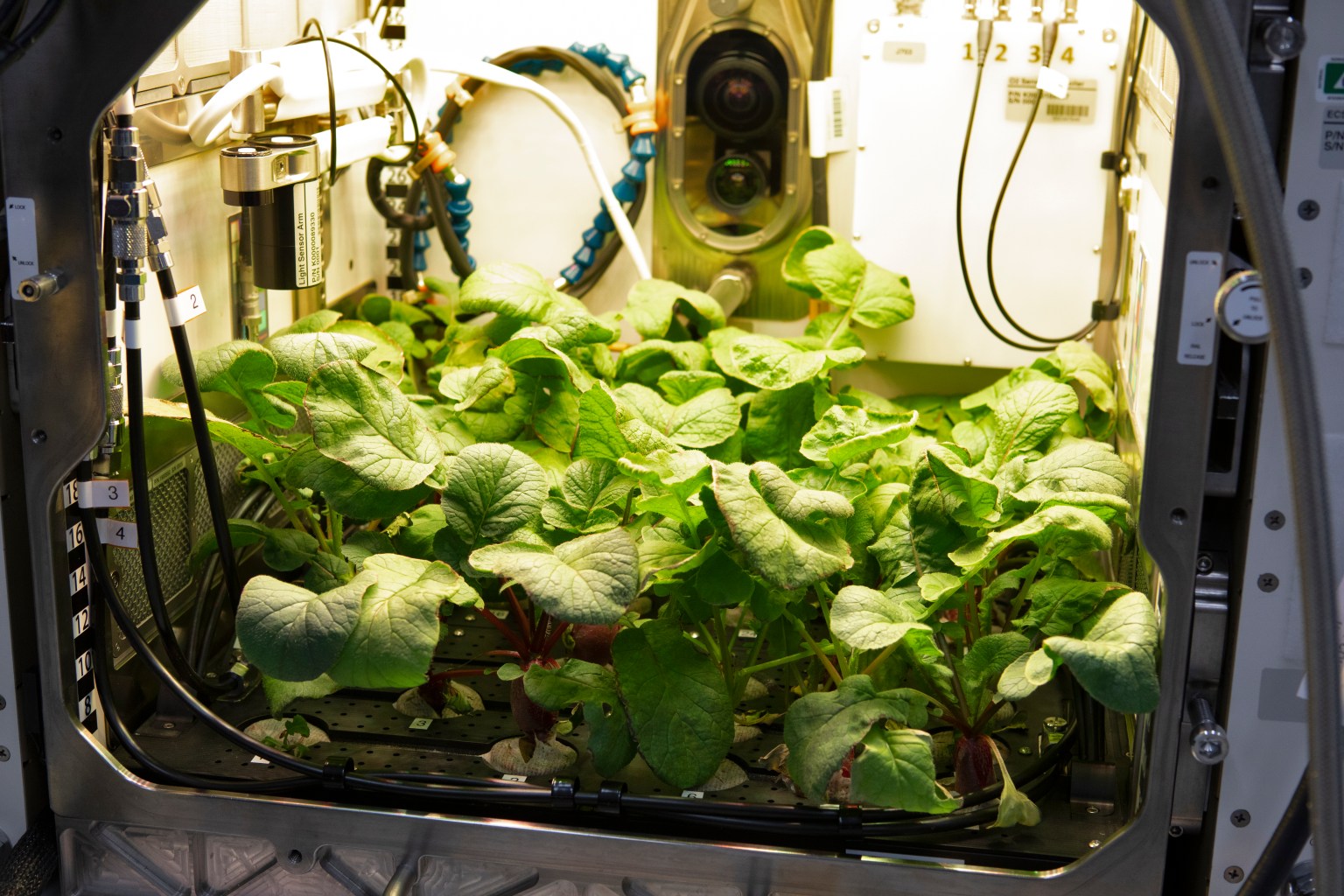Station Science 101
Discover key research areas studied on the International Space Station.
Experiments
Years
Station Science 101
Research in Microgravity: Higher, Faster, Longer
The International Space Station provides unique features that enable innovative research, including microgravity, exposure to space, a unique orbit, and hands-on operation by crew members.
Learn More about Research in Microgravity: Higher, Faster, Longer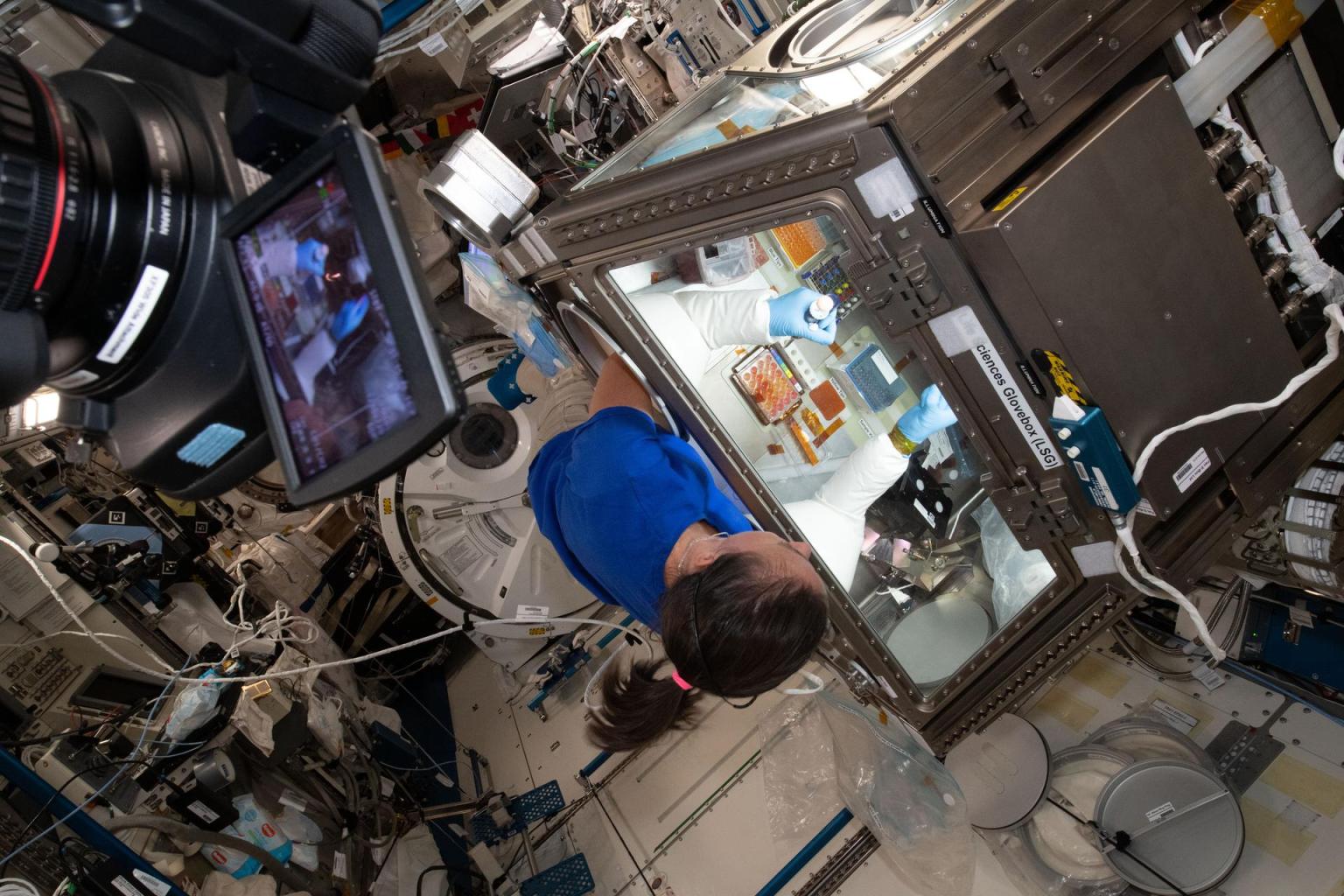
Why Do Research On The International Space Station?
The International Space Station is a modern marvel. Only 400 kilometers (250 miles) above our heads, it streaks spectacularly across…
Read the Story
Biology and Biotechnology
Wherever there are humans, there are microbes, too. Bacteria and fungi live all around us, in our homes, offices, industrial areas, the outdoors – even in space. People literally could not live without these tiny organisms, many of which are beneficial.
Explore Studies in This Discipline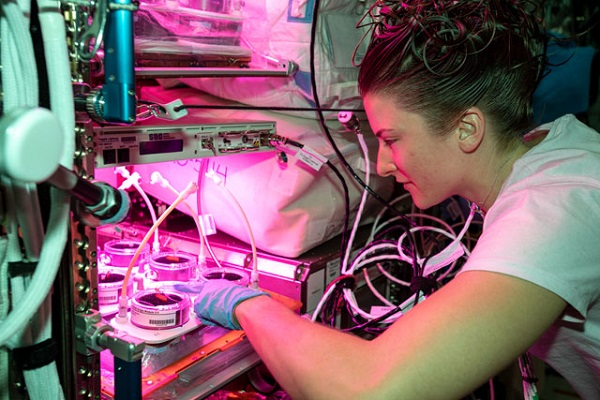
Earth and Space Science
The presence of the space station in low Earth orbit provides a unique vantage point for collecting Earth and space science data.
Explore Studies in This Discipline about Earth and Space Science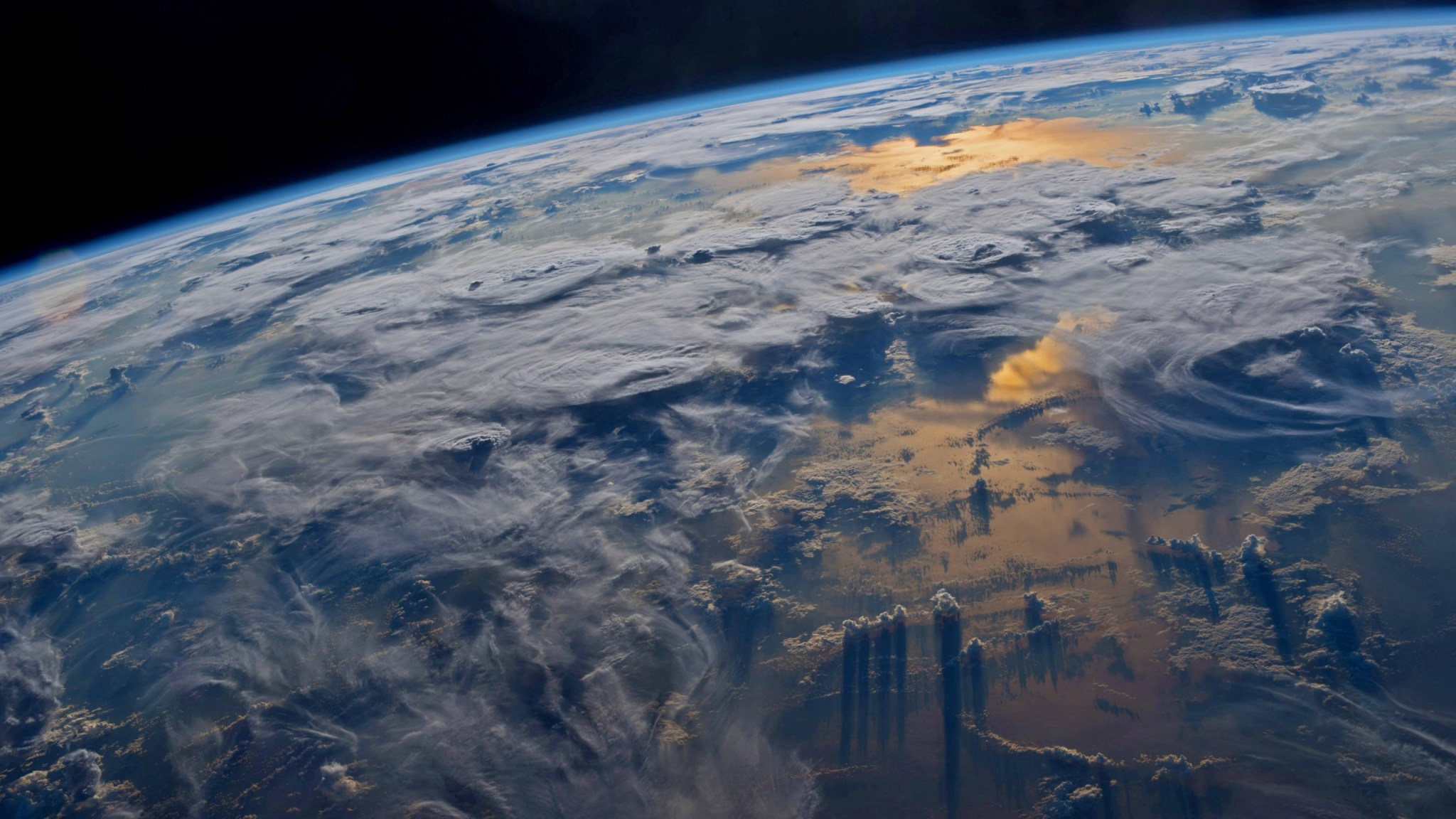
Human Research
Researchers from around the world use the International Space Station to address complex human health problems on Earth, studying disease formation, testing drugs and diagnostic tools, and examining the inner workings of the human body. Much of this work employs unique microgravity tools including protein crystals and tissue chips, as well as devices designed specifically for space but that also have been adapted for use on Earth.
Explore Studies in This Discipline
Physical Science
The unique microgravity environment onboard the space station allows different physical properties to dominate systems, and these have been harnessed for a wide variety of applications.
Explore Studies in This Discipline about Physical Science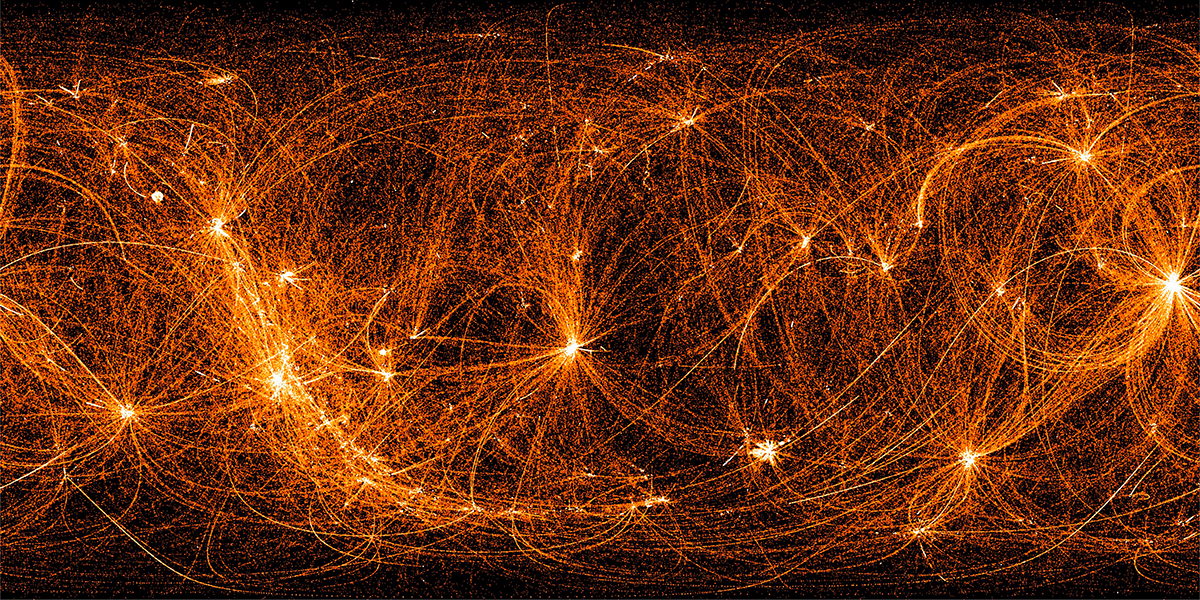
Technology Demonstration
From DNA sequencing to 3D printing, studies on the space station can test a variety of technologies, systems, and materials that will benefit life on Earth and be needed for future long-duration exploration missions.
Explore Studies in This Discipline





























